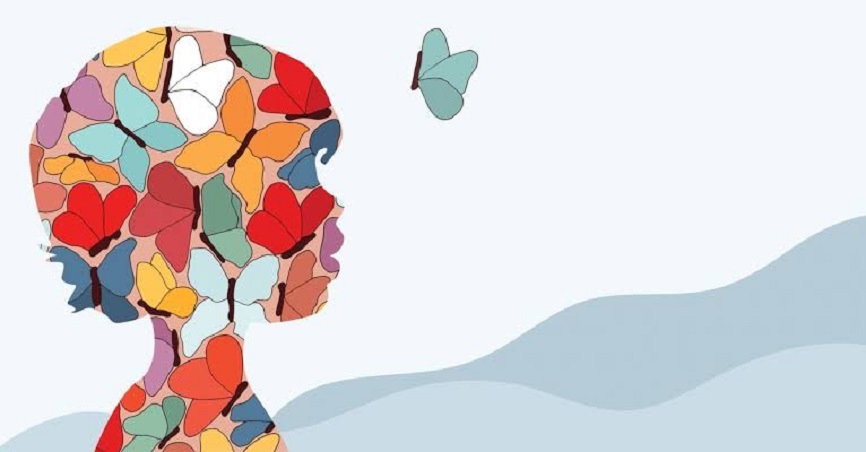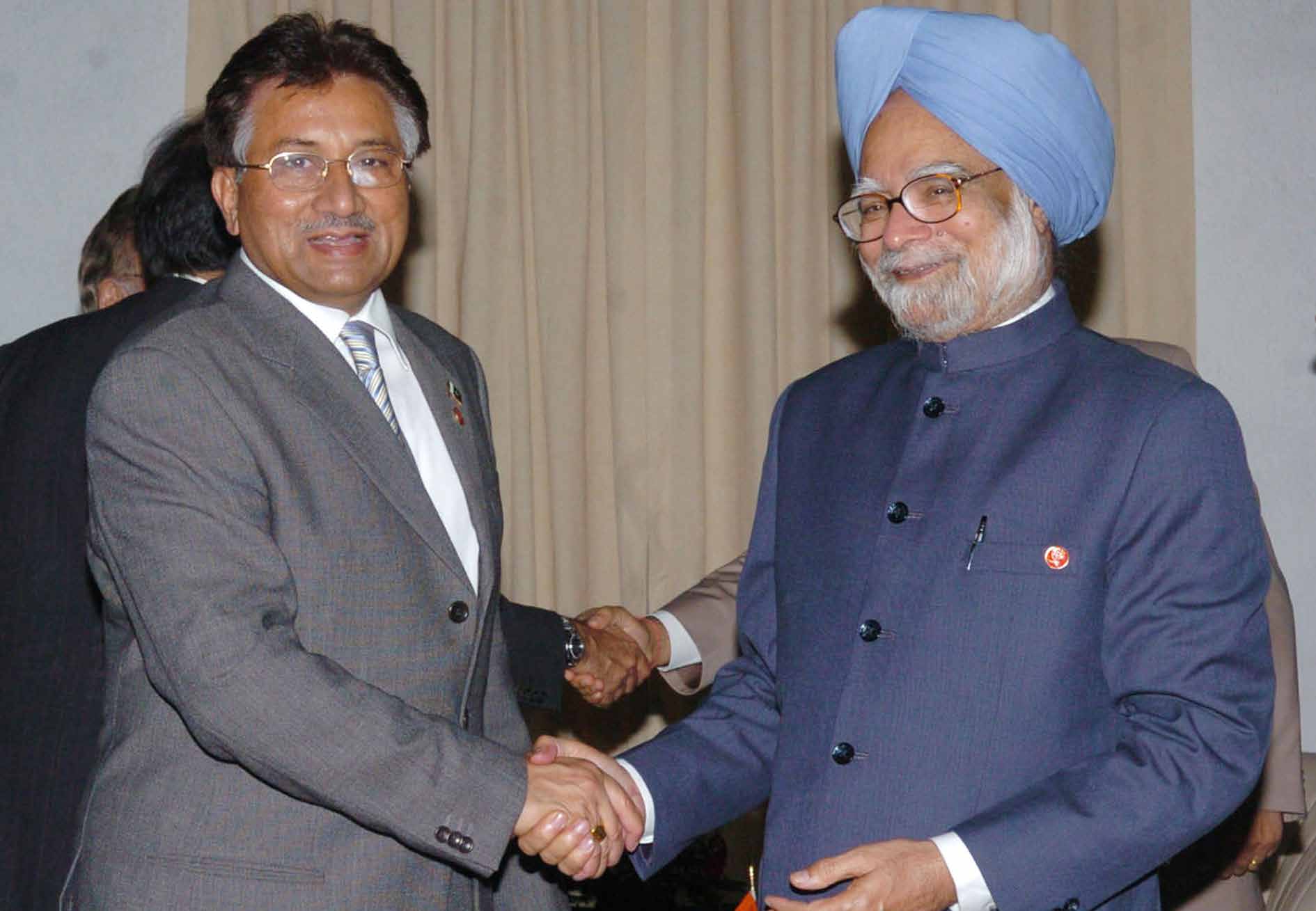
By Wasim Kakroo
AS children get older, they may experience bad things. Some experiences are very impactful, such as a natural disaster destroying a home, physical abuse, or the passing away of a parent. Community violence or a parent’s drug usage can both undermine a child’s feeling of safety and wellbeing. Some other kids may experience trauma from relatively simple incidents such as being in a vehicle accident or from hearing their parents argue frequently and intensely.
It is a natural part of a child’s growth to learn how to comprehend, analyze, and deal with challenges — even catastrophes. However, kids can sometimes become stuck somewhere in the past because of such experiences. A child may develop a profound sense of fear and loss after a single or a series of traumatic events, leaving them with the impression that they are unsafe and powerless about their lives. Some children experience these feelings to the point where they interfere with their ability to continue growing intellectually, emotionally, physically, or socially. This is childhood trauma.
What are the examples of childhood trauma?
Examples of childhood trauma include:
• Physical abuse
• Sexual abuse
• Psychological and emotional abuse
• Childhood physical and/or emotional neglect
• Natural disasters like earthquakes, or fires
• Homelessness
• Serious accidents or life threatening illness
• Violent loss of a loved one
• War experiences
• Bullying/cyberbullying
• Community and school violence
• Sudden and/or serious medical condition
• Witnessing or experiencing family or partner violence
How can childhood trauma affect you?
Each person experiences childhood trauma in a different way. There are several common signs and symptoms, that we can look for among such children and adults.
In preschool and elementary school age children:
• Separation anxiety
• Being anxious and afraid
• Having difficulty in sleeping and having sleep disturbed by nightmares
• Crying or acting out
• Poor appetite
• Losing weight
• Being moody
• Heightened anger and aggression
Teenagers may exhibit all of the warning signals listed above in addition to the following:
• Irritability
• Disengagement from social activities
• Issues in the academics
• Self-blame for the incident (guilt and shame)
• Eating disorders and other self-harming habits
• Depressive symptoms
• Difficulty concentrating
• Academic underperformance
• Overreacting or underreacting to emotional events
• Heightened hypervigilance, clinginess, anxiety, protracted worry, or explosive anger
• Hopelessness, sluggishness, fatigue, loneliness, or quietness
• Emergence of impulsive behaviors such as age inappropriate sexual behaviors and drug or alcohol use
Among adults, unresolved childhood trauma can manifest in many different ways. According to the research, female adults who experienced sexual abuse as children or teenagers frequently exhibit symptoms of post-traumatic stress disorder (PTSD), distorted self-perception, shame, fear, guilt, self-blame, humiliation, and chronic physical pain.
Adults who have had PTSD as a result of children trauma can have difficulties at work, in social interactions, and with their own mental health.
What treatments are available to help in recovering from childhood trauma?
Childhood trauma can have negative consequences immediately and in the future. The good news is that treatment can assist you in identifying triggers, creating coping mechanisms, and lessening symptoms—all in a secure and supportive atmosphere.
Here are some of the typical therapeutic approaches used with adolescents, young adults, and adults.
1. Cognitive processing Therapy (CPT):
It is a subtype of CBT. When treating PTSD, CPT is frequently the first option, especially when dealing with adult survivors of childhood trauma who have endured long-term effects. This usually entails education on the thoughts and feelings associated with PTSD, formal processing of the trauma, and the development of skills for recognizing and dealing with unhelpful thinking connected to traumatic events.
2. Trauma focused CBT:
Trauma-focused cognitive behavioral therapy is a subtype of CBT that is similar to CPT.
This research-based therapy relies on the involvement of dependable parents and caregivers in the treatment process and introduces trauma-sensitive interventions with cognitive behavioral techniques, humanistic values, and family support.
Children, teens, and adolescents who are experiencing severe emotional challenges as a result of a traumatic event can benefit from TF-CBT.
3. Eye movement desensitization and reprocessing (EMDR):
Another therapy for treating trauma and PTSD is Eye Movement Desensitization and Reprocessing. In EMDR, trauma-related memories are reorganized using repetitive eye movements.
Eight processes make up EMDR, including history, planning, assessment, therapy, and evaluation. According to research, EMDR is an experimentally supported therapy for dealing with repressed memories of traumatic events and unfavorable life experiences.
4. Play therapy:
Play therapy employs the healing potential of play to assist children in overcoming trauma. Children aged three to twelve are the target population for play therapy.
A child can be observed by the therapist while engaging in play during a session of play therapy. They can address trauma and create coping mechanisms using this age-appropriate behavior.
5. Art therapy:
The aftereffects of traumatic situations can be addressed and healed using artistic expression in art therapy. There are many different art media, such as sculpting, painting, coloring, and drawing.
It can help in increasing cognitive function, promoting self-worth and self-awareness, easing conflict and stress, and developing emotional resilience.
In conclusion, therapies focused on childhood trauma can help minimize the effects of abuse, neglect, violence, natural disasters, major accidents, or life-threatening illnesses.
Taking care of these problems in early childhood or adolescence might lower the likelihood that a person would experience chronic illnesses or mental health problems like depression and anxiety. But getting counseling as an adult can also be helpful for identifying trauma and dealing with its effects.
- The author is a licensed clinical psychologist (alumni of Govt. Medical College Srinagar) and works as a consultant clinical psychologist at Centre for Mental Health Services (CMHS) at Rambagh Srinagar. He can be reached at 8825067196
Follow this link to join our WhatsApp group: Join Now
Be Part of Quality Journalism |
Quality journalism takes a lot of time, money and hard work to produce and despite all the hardships we still do it. Our reporters and editors are working overtime in Kashmir and beyond to cover what you care about, break big stories, and expose injustices that can change lives. Today more people are reading Kashmir Observer than ever, but only a handful are paying while advertising revenues are falling fast. |
| ACT NOW |
| MONTHLY | Rs 100 | |
| YEARLY | Rs 1000 | |
| LIFETIME | Rs 10000 | |













